- Home›
- Healthy Living›
- 6 Must Try Home Remedies For Breast Infection
6 Must Try Home Remedies For Breast Infection
By: Kratika Mon, 07 Nov 2022 5:53:36

Inflamed and painful breast tissue, clogged ducts, and sore nipples – mastitis is an infection many breastfeeding moms come to dread. Known as puerperal or lactation mastitis when it affects breastfeeding moms, it is pegged as one of the reasons women often give up breastfeeding altogether. This condition is common in the first 6 months of nursing and often occurs due to the build-up of milk in the breast, leading to infection by bacteria.
But mastitis isn’t just confined to breastfeeding women. It can affect other women too and is known as periductal mastitis in this case. It usually occurs when the breast gets infected after some injury to the nipple – for example, when you have cracked nipples or get a nipple piercing.

# Continue To Breastfeed Or Express Milk If You Are A Nursing Mother
It is important to remove milk from your breast when you have mastitis. Continue breastfeeding while you have this condition. It won’t harm your baby as any bacteria in the milk will be killed by your baby’s digestive juices. Incidentally, long gaps between feeds or not emptying the breast completely can both be triggers for mastitis. Here are a couple of pointers to keep in mind about breastfeeding while you have mastitis.
- Apply a warm, damp washcloth to the affected breast for around 15 minutes before you feed your baby. This improves the flow of milk in the breast.
- Start feeding on the affected side since it’s important to empty out this breast completely. If this is too painful, start with the other breast and once the milk starts flowing, switch to the affected breast.
- If you find it too painful to breastfeed, express or pump milk.
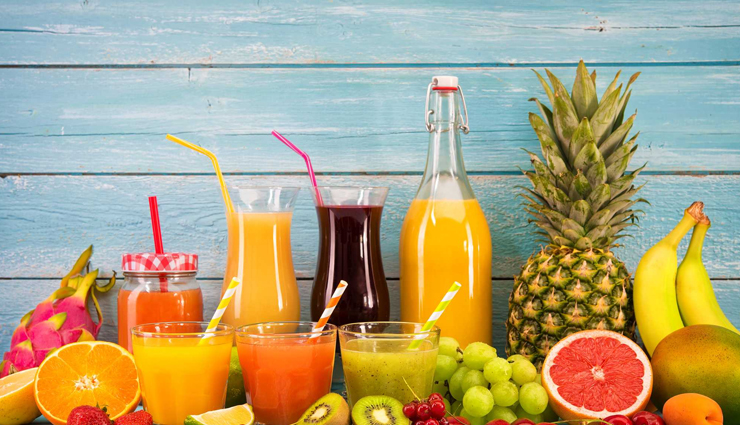
# Rest Up And Have Plenty Of Fluids
Take plenty of rest and drink a lot of fluids as your body fights off any infection and recovers. Water, fresh, unsweetened juice, coconut water, thin porridge, or clear soups can all help you stay hydrated. This especially applies if you are a breastfeeding mom and have your hands full otherwise. It’s very easy to feel run down if you are grappling with mastitis and tending to an active baby at the same time. So force yourself to take that break and reach out for help from family or friends if you have to.
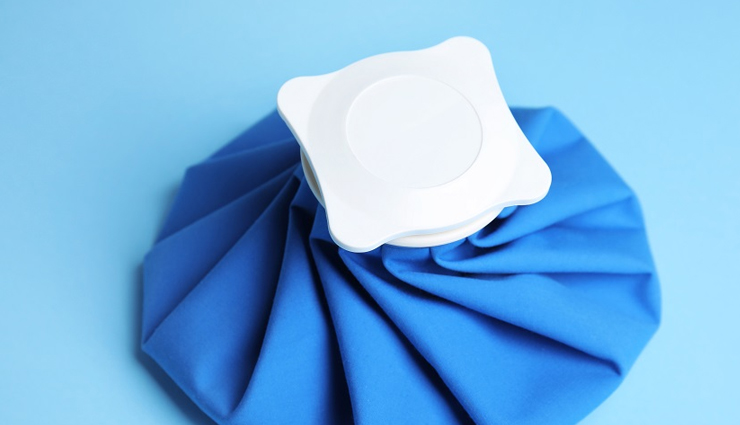
# Apply A Warm Or Cold Compress
Applying a warm or cold compress can ease the pain and reduce swelling. To prepare a warm compress, soak a clean washcloth in warm water, wring out the excess moisture, and apply it. An ice pack will also help relieve pain. But take care not to apply ice directly to your skin as it can cause an ice burn. Use a washcloth instead or place the ice on your bra or clothing.
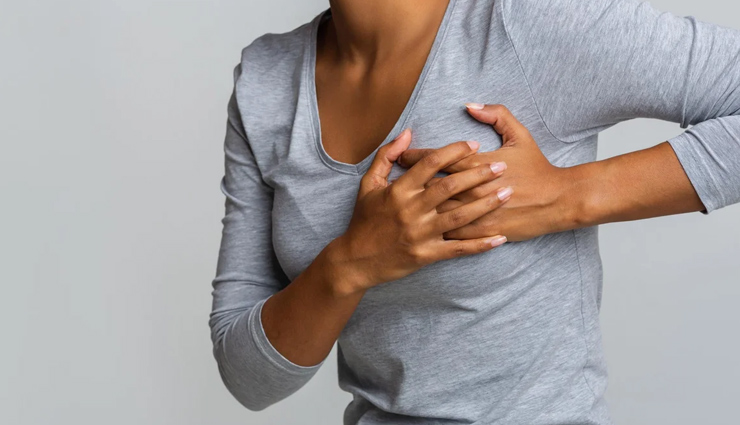
# Try Therapeutic Breast Massage
Research indicates that therapeutic breast massage can help relieve pain if you have mastitis. Begin by massaging a spot behind the sore area by moving your hand and fingers in a circular motion. Then gently massage in a sweeping motion, moving from the breastbone toward your armpit. Also massage around and underneath your nipple. A healthcare professional will be able to guide you through the proper technique for therapeutic breast massage if you need help. Ayurvedic practitioners recommend using castor oil for your breast massage.
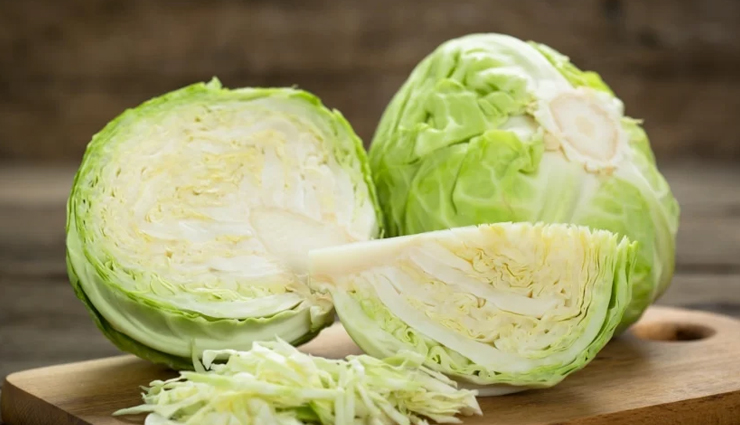
# Apply Cabbage Leaves
Women have been using cabbage leaves to relieve breast engorgement for ages. Though it is not clear why this remedy works, studies have shown that women who apply cabbage leaves report less engorgement than those receiving routine care. Wash green cabbage leaves thoroughly and remove or crush their veins. Wrap them around your breast with the nipple uncovered for a couple of hours or till the leaves wilt. Continue this till the swelling subsides. Some women also recommend using cold cabbage leaves for easing pain, so let the leaves chill in the refrigerator for a bit before you use them.
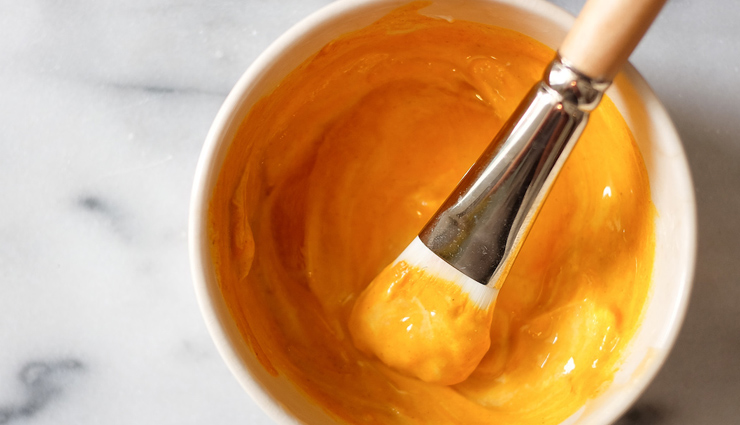
# Use Turmeric Paste
Turmeric paste is a traditional remedy for tackling mastitis. Studies show that curcumin, an important antioxidant present in this spice, has potent antibacterial properties. Curcumin also has an anti-inflammatory effect since it inhibits a number of molecules that play a role in inflammation. In one study, application of a curcumin cream significantly reduced markers of mastitis like pain, breast tension, and irritation within 72 hours. The treatment also had no side effects. Mix turmeric powder with a little water to make a thick paste and apply it to your breast. Rinse off after 15–20 minutes. You can also talk to your doctor about a turmeric ointment.





